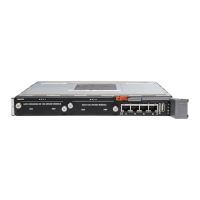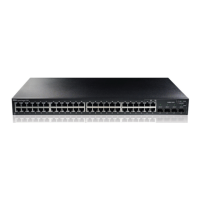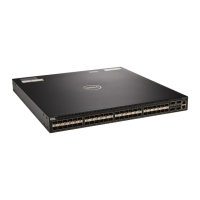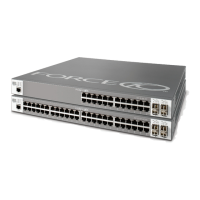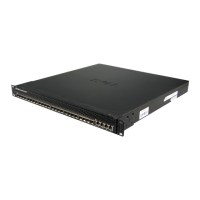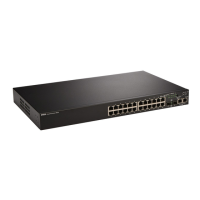uplink-state-group 3
description Testing UFD feature
Related
Commands
uplink-state-group — creates an uplink-state group and enables the tracking of
upstream links.
downstream
Assign a port or port-channel to the uplink-state group as a downstream interface.
Syntax
downstream interface
To delete an uplink-state group, enter the no downstream interface
command.
Parameters
interface Enter one of the following interface types:
• 10 Gigabit Ethernet: tengigabitethernet {slot/
port | slot/port-range}
• 40 Gigabit Ethernet: fortygigabitethernet {slot/
port |slot/port-range}
• Port channel: port-channel {1-512 | port-
channel-range}
Where port-range and port-channel-range specify a
range of ports separated by a dash (-) and/or individual
ports/port channels in any order; for example:
gigabitethernet 1/1-2,5,9,11-12 port-channel
1-3,5. A comma is required to separate each port and port-
range entry.
Defaults none
Command
Modes
UPLINK-STATE-GROUP
Command
History
Version 8.3.16.1 Introduced on the MXL 10/40GbE Switch IO Module.
Usage
Information
You can assign physical port or port-channel interfaces to an uplink-state group.
You can assign an interface to only one uplink-state group. Configure each
interface assigned to an uplink-state group as either an upstream or downstream
interface, but not both.
You can assign individual member ports of a port channel to the group. An uplink-
state group can contain either the member ports of a port channel or the port
channel itself, but not both.
Uplink Failure Detection (UFD)
1315
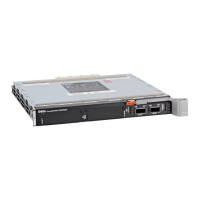
